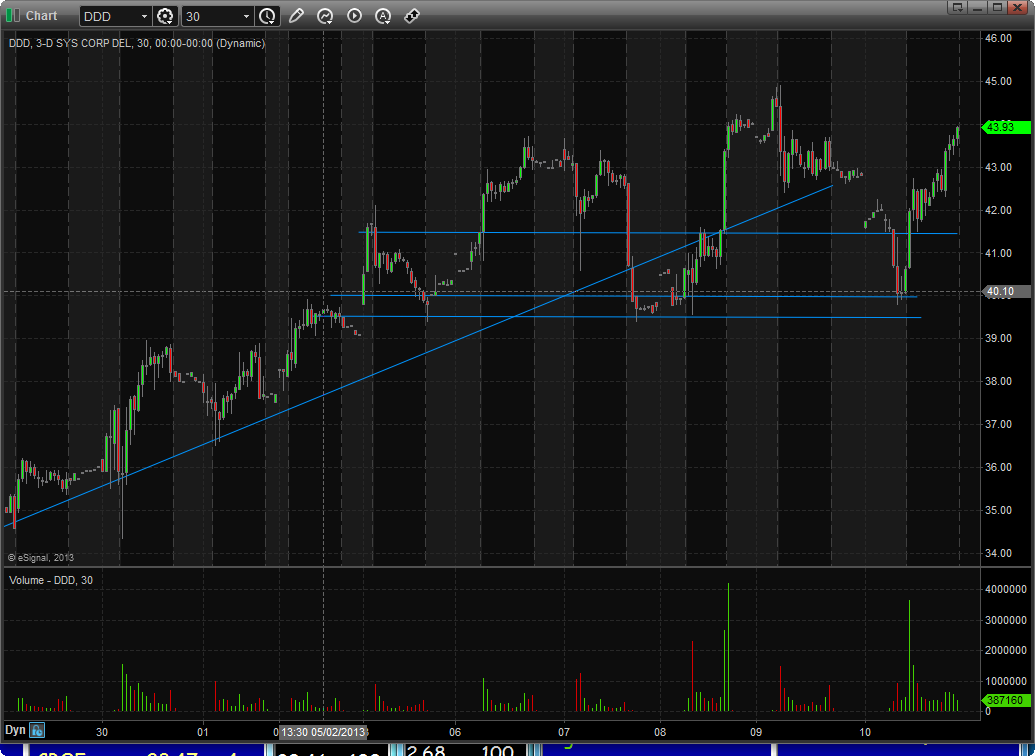Publicly traded companies sometimes choose to raise capital by issuing more shares. This allows them to have more working capital without the burden of taking on debt. The better run companies tend to do “secondaries” (according to Wikipedia “secondary” is a misnomer and this type of deal is a “follow on” offering) when their stocks have run up quite a bit. By issuing new shares when their stock is at higher levels they can raise more capital with less dilution to current shareholders.
As short-term traders we can profit from these secondaries in several different ways. The first is by receiving an “allocation” from the underwriter in a secondary, which if priced “correctly” will be below where shares are currently trading publicly. An underwriter for a secondary offering of shares needs to strike a balance between raising as much money as possible for the company issuing shares and the institutions who are willing to purchase large blocks of shares in these offerings. If the deal is priced too high and shares quickly drop below the deal price institutions will be less likely to participate in future offerings from the underwriter.
Most short-term traders do not receive allocations in these deals but instead trade them in the secondary market (NASDAQ & NYSE) based on price action. There are two criteria I use when deciding whether to trade a stock that has just completed a secondary.
1. Where the secondary is priced in relation to recent trading prices of the stock. The underwriter will almost always discount the secondary a few percent from the closing price the day before the shares are sold. This discount may be large if the stock has recently made a big run. In the case of DDD it had just run from 30 to 45 a 50% move. The secondary was priced at 40, which showed there was strong demand for shares at higher prices but still created a nice cushion for the institutions who were buying the shares. I took this trade on the long side holding some shares until the close which was around 44. If the deal had been priced at say 43 there probably would have been more aggressive selling causing the price to drop below this level causing many buyers of the secondary to bail and leading to a cascade of additional selling.
2. Where the stock trades the morning the secondary is issued. I love trading stocks that open a significant percentage above the secondary price. This means that the market loved the deal and there is huge demand for the companies shares. There is usually a good second wave of buying intraday that leads to a tradeable uptrend intraday. If the stock moves too far from its secondary I will look for a short term reversal as well. In the case of DDD this played out a few days after it issued shares at 40 when it ran to 52. There was a nice shorting opportunity that I took and tweeted prior to a 4 point intraday pullback. I plan on doing a “trade review” on this short over the weekend.
Chart of DDD leading up to secondary and showing the strong buying that occurred the day after it was priced.
A closer intraday look at how DDD traded intraday the day of the secondary. Notice how it was bought in pre-market at the $40 secondary price and the first move on the market open was a drive higher.
Use this as a guidepost for TSLA and future secondaries.
Steven Spencer is the co-founder of SMB Capital and SMB University and has traded professionally for 17 years. His email is [email protected].




